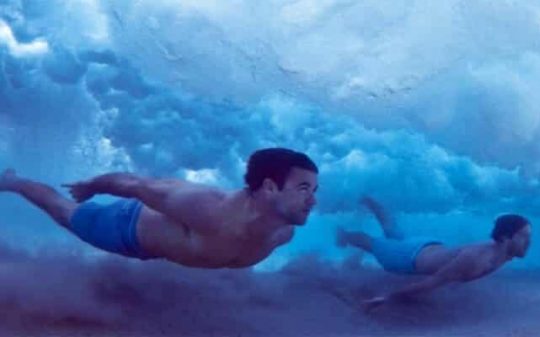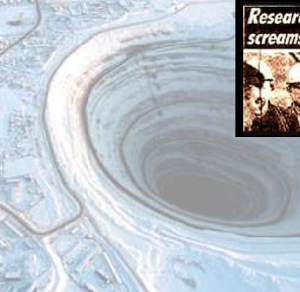Ever dreamt of having superhuman abilities like breathing underwater? If so, your dream might come true sooner than you would have expected!
People suffering from respiratory conditions are yet to rejoice, as a team of Danish researchers discovered a revolutionary way to deal with such problems. Their plan involves a novel absorption crystal capable of extracting oxygen from both air and water. However, such a breakthrough discovery will not only benefit the medical field, but will also change the way we perceive diving. Just imagine going underwater without the need to carry oxygen tanks.
The novel material can trap and store high concentrations of oxygen from watery surroundings in order to be used at a later time, whenever the person using them feels the need. The system will allow for measured dosages of oxygen to be administered whenever the body runs out of air. This will bring a new era in underwater exploration, a domain that’s facing a few challenges when it comes to venturing inside underwater grottos with tight gaps. There are numerous places that can only be reached by professional divers who go inside without an oxygen tank. With the revolutionary crystals will also benefit space exploration.
Scientists at the University of Southern Denmark teamed up with their fellow colleagues from the University of Sydney, Australia, to determine a way in which higher concentrations of oxygen can be administered to the human body. They started from the premise that the standard human body can function with just 21% of oxygen from the air around us.
The study was conducted by Professor Christine McKenzie, together with Jonas Sandberg of the Department of Physics, Chemistry and Pharmacy at the University of Southern Denmark. They filled a 10 liters container with microscopic grains from the absorbing material, and put it inside an enclosed space to see what happens. The material was enough to retain the entire oxygen found inside the room.
“In the lab, we saw how this material took up oxygen from the air around us,” Professor McKenzie concluded.
Although similar oxygen-absorbing technologies are being developed, the material researched by the Danish researchers is by far the lightest and most efficient.

The crystalline material changes color when absorbing or releasing oxygen. Crystals are black when they are saturated with oxygen and pink when the oxygen has been released again.
“A few grains contain enough oxygen for one breath, and as the material can absorb oxygen from the water around the diver and supply the diver with it, the diver will not need to bring more than these few grains,” McKenzie said. “When the substance is saturated with oxygen, it can be compared to an oxygen tank containing pure oxygen under pressure – the difference is that this material can hold three times as much oxygen,” she concluded.
The crystalline material formed under x-ray diffraction, revealing the atomic behavior of the material while saturated with oxygen, and after that it was emptied of it.
“An important aspect of this new material is that it does not react irreversibly with oxygen – even though it absorbs oxygen in a so-called selective chemisorptive process. The material is both a sensor, and a container for oxygen – we can use it to bind, store and transport oxygen – like a solid artificial hemoglobin,” McKenzie added.
Because of cobalt – the key metal involved in the process – the oxygen storing process happens naturally. The cobalt handles the absorption process while it also provides the new crystalline material with the molecular and electronic structure that gives it the capacity to leech oxygen from the air.
“It is also interesting that the material can absorb and release oxygen many times without losing the ability. It is like dipping a sponge in a water, squeezing the water out of it and repeating the process over and over again,” McKenzie concluded.
The researcher also pointed out at all the external conditions that can influence the process, meaning that the time of absorption could be different based on the environment, which in turn will affect the pace at which the oxygen is being released.
The absorption crystal will have a benevolent impact over the medical field, space exploration and diving in narrow and almost inaccessible places, as it will give us a superhuman power – the ability to access and control a restorative source of oxygen that can fit inside a pocket. (source)










